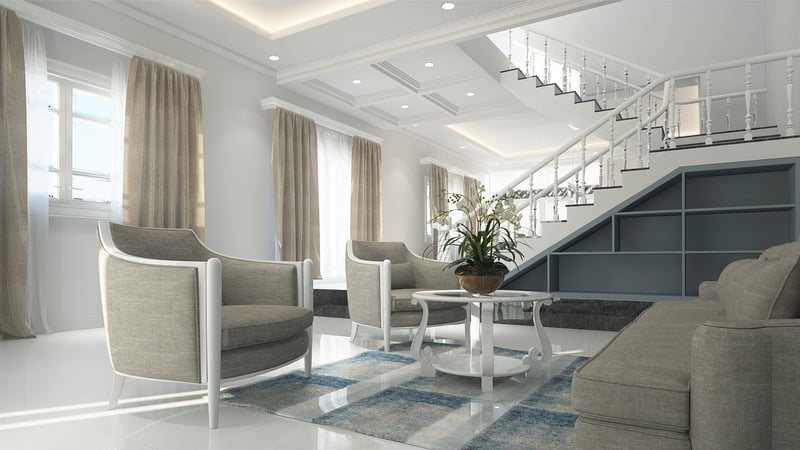Interior Designer
The Art of Expressive and Imaginative Roles in Interior Design

Interior design is a creative field that allows professionals to explore expressive and imaginative roles in shaping spaces. From residential homes to commercial offices, interior designers play a vital role in creating environments that are not only visually appealing but also functional and practical.
Understanding the Role of an Interior Designer
An interior designer is responsible for conceptualizing, planning, and executing design projects to enhance the aesthetics and functionality of interior spaces. They work closely with clients to understand their needs, preferences, and budget constraints to create designs that align with their vision.
Expressing Creativity through Design
Interior designers have the opportunity to express their creativity through various elements such as color schemes, furniture selection, lighting, and decor. By carefully curating these elements, designers can create unique and personalized spaces that reflect the client's personality and style.
Imaginative Problem-Solving
One of the key skills of an interior designer is imaginative problem-solving. Designers often face challenges such as limited space, awkward layouts, or specific client requirements. Through creative thinking and innovative solutions, designers can transform these challenges into opportunities to create exceptional designs.
Collaboration and Communication
Effective collaboration and communication are essential skills for interior designers. Working with architects, contractors, and other professionals in the industry requires clear communication to ensure that the design vision is executed accurately and within the specified timeline.
Embracing Technology
Technology plays a significant role in modern interior design. From 3D modeling software to virtual reality tools, designers can visualize and present their designs more effectively to clients. Embracing technology allows designers to stay ahead of trends and deliver innovative solutions.
Conclusion
Interior design is a dynamic field that offers creative individuals the opportunity to explore expressive and imaginative roles. By combining artistic flair with practical problem-solving skills, interior designers can transform ordinary spaces into extraordinary environments that inspire and delight.
Embrace the art of interior design and unlock the potential to create spaces that truly make a difference.
